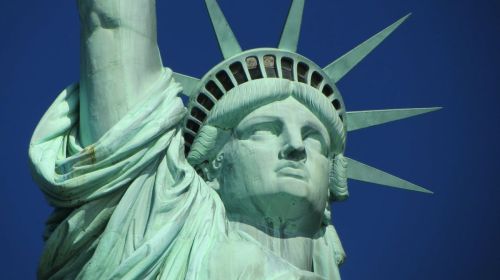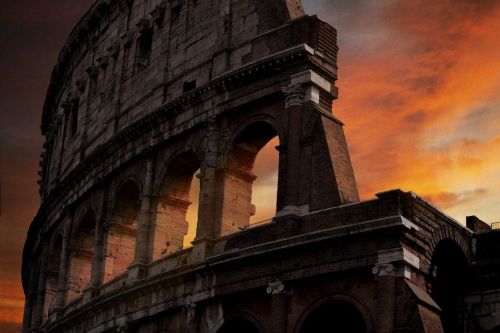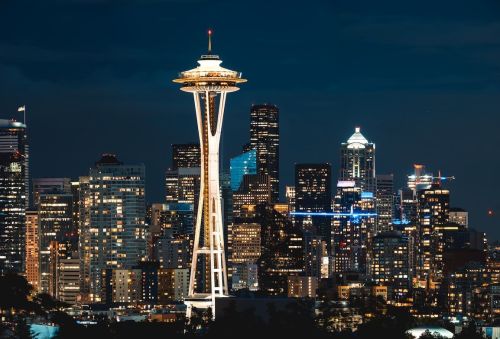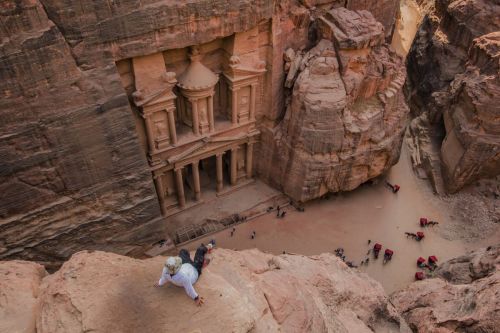20 facts about Statue of Liberty
The Statue of Liberty, commonly known as Lady Liberty, is one of the symbols of the United States of America. This neo-classical sculpture was initial ...
The Great Sphinx is one of the world’s largest and most distinctive sculptures and one of Egypt’s most famous tourist attractions. According to some researchers, its creation is the work of about a hundred workers who forged it for three years using stone hammers and copper chisels.












